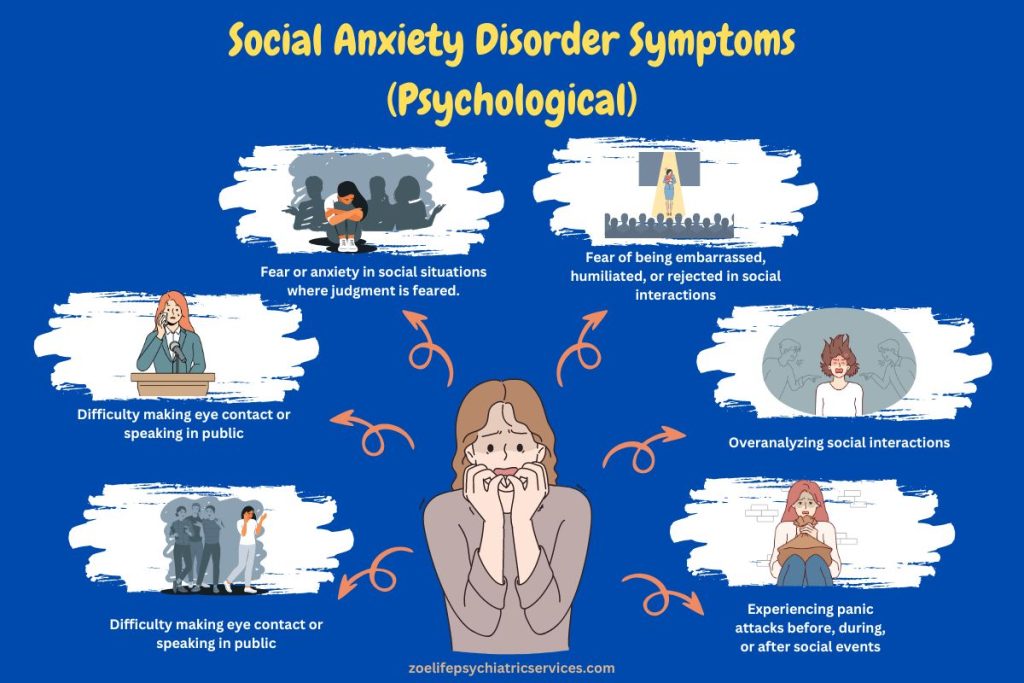Introduction:
Acne vulgaris, more commonly known as acne, is a disease that mostly everyone deals with at some point in their life, most likely in their adolescent years, and can lead to self-esteem issues and negative impacts on mental health (Lee, et. al., 2019). Of course, there are some people who maybe get the occasional pimple, but generally do not have acne-prone skin and to them, people might say they are blessed with good genetics. But is genetics really the outstanding cause of whether you have acne or not? Microbiologists would suggest it is the microbes inhabiting our skin, which are microscopic sized organisms. The skin microbiome, or collection of microbes living on and in your skin, is diverse and can contribute to a number of skin conditions, acne being one of them. There is one specific microbe known to inhabit the skin quite pervasively and progress acne: Propionibacterium acnes. This microbe is able to survive without oxygen within a layer beneath your skin and deep within the hair follicles of the skin.
A study done by Jacob Hall and colleagues in 2018 offers a comparative analysis of the three methods best suited for sampling the skin to determine the presence of microbes. The use of pore strips is one method used in this study, but it is stated that previous studies have emphasized concern they do not reach deep enough to obtain an accurate analysis (Fitz-Gibbon, et al., 2013). Another method used was swabbing the skin surface with a cotton swab, which only obtains information from the surface of the skin and not internal layers, where we know P. acnes to be most abundant. The third method used was cyanoacrylate glue which was able to obtain 50% deeper into the hair follicle than the pore strips were able to. The two methods of data analysis used in this study were 16S rRNA sequencing and whole-genome sequencing (WGS). 16S rRNA sequencing offers microbial identification by amplifying a highly conserved region within all bacteria, while WGS takes the entire DNA sequence and matches the parts of DNA to sequences that are available on public databases to determine which taxa are present.
Continue reading “The Friends (or Enemies) That Live on Our Skin”



